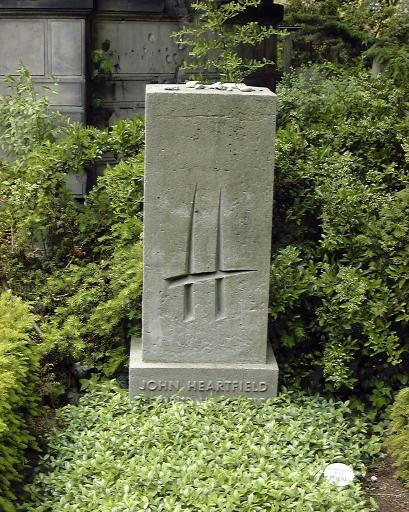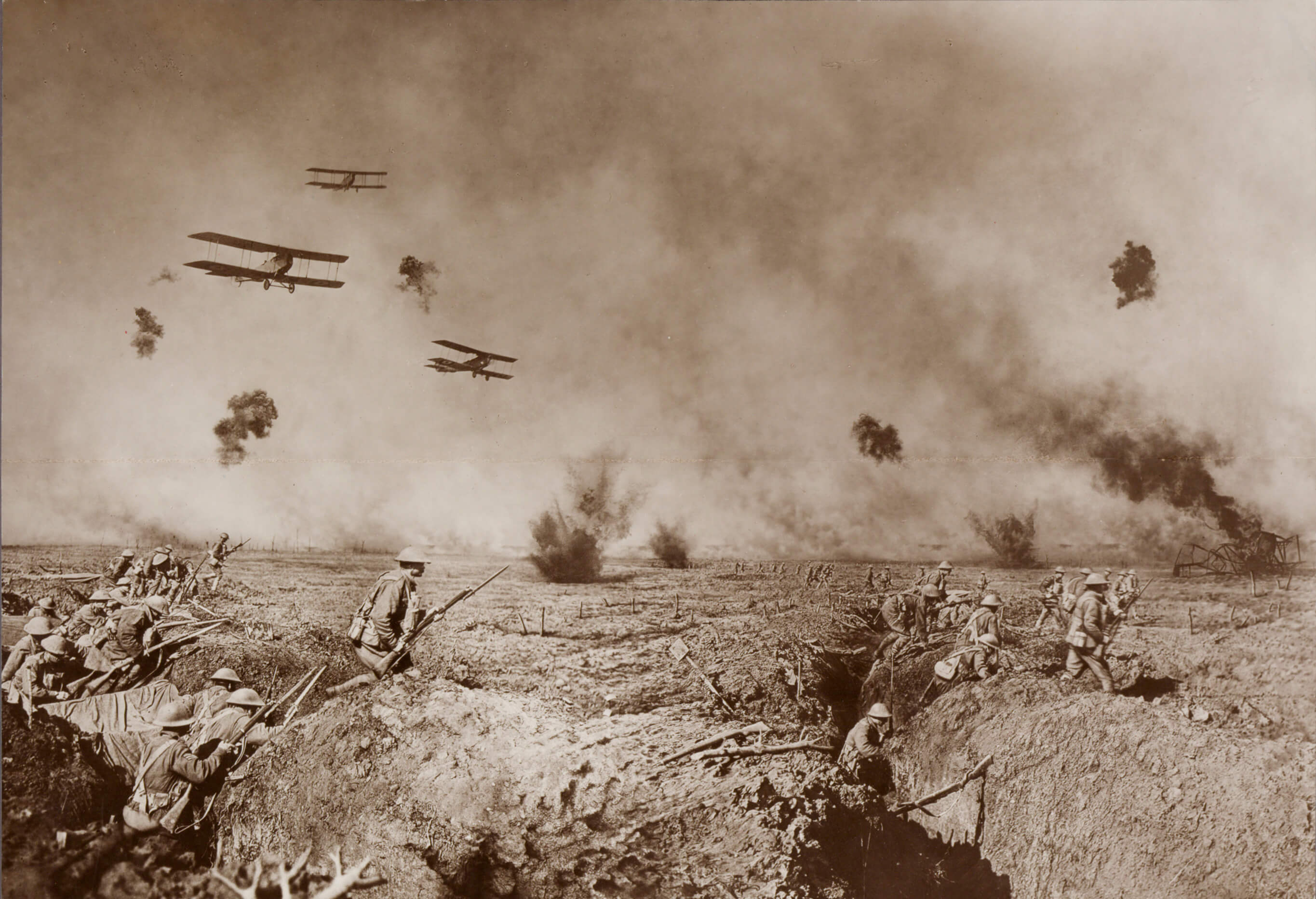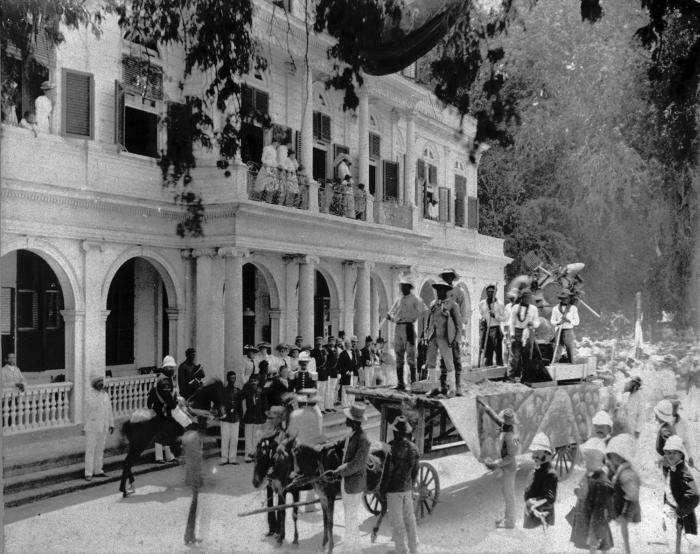|
Photomontage
Photomontage is the process and the result of making a composite photograph by cutting, gluing, rearranging and overlapping two or more photographs into a new image. Sometimes the resulting composite image is photographed so that the final image may appear as a seamless physical print. A similar method, although one that does not use film, is realized today through image-editing software. This latter technique is referred to by professionals as " compositing", and in casual usage is often called " photoshopping" (from the name of the popular software system). A composite of related photographs to extend a view of a single scene or subject would not be labeled as a montage, but instead a stitched image or a digital image mosaic. History Author Oliver Grau in his book, ''Virtual Art: From Illusion to Immersion'', notes that the creation of an artificial immersive virtual reality, arising as a result of technical exploitation of new inventions, is a long-standing human practice ... [...More Info...] [...Related Items...] OR: [Wikipedia] [Google] [Baidu] |
John Heartfield
John Heartfield (born Helmut Herzfeld; 19 June 1891 – 26 April 1968) was a German visual artist who pioneered the use of art as a political weapon. Some of his most famous photomontages were anti-Nazi and anti-fascist statements. Heartfield also created book jackets for book authors, such as Upton Sinclair, as well as stage sets for contemporary playwrights, such as Bertolt Brecht and Erwin Piscator. Biography Early life, education and work John Heartfield was born Helmut Herzfeld on 19 June 1891 in Berlin-Schmargendorf, Berlin under the German Empire. His parents were Franz Herzfeld, a socialist writer, and Alice (née Stolzenburg), a textile worker and political activist. In 1899, Helmut, his brother Wieland Herzfelde, Wieland, and their sisters Lotte and Hertha were abandoned in the woods by their parents after Franz Herzfeld was accused of blasphemy. His family had to flee to Switzerland and later they were deported to Austrian Empire, Austria. When their parents disappe ... [...More Info...] [...Related Items...] OR: [Wikipedia] [Google] [Baidu] |
Photo Manipulation
Photograph manipulation involves the transformation or alteration of a photograph. Some photograph manipulations are considered to be skillful artwork, while others are considered to be unethical practices, especially when used to deceive. Motives for manipulating photographs include political propaganda, altering the appearance of a subject (both for better and for worse), entertainment and humor. Depending on the application and intent, some photograph manipulations are considered an art form because they involve creation of unique images and in some instances, signature expressions of art by photographic artists. For example, Ansel Adams used darkroom exposure techniques to darken and lighten photographs. Other techniques include retouching using ink or paint, airbrushing, double exposure, piecing photos or negatives together in the darkroom, and scratching instant films. Software for digital image manipulation ranges from casual to professional skillsets. One of these, A ... [...More Info...] [...Related Items...] OR: [Wikipedia] [Google] [Baidu] |
Oscar Rejlander
Oscar Gustave Rejlander (Stockholm, 19 October 1813 – Clapham, London, 18 January 1875) was a Victorian art photographer and an expert in photomontage. His collaboration with Charles Darwin on ''The Expression of the Emotions in Man and Animals'' has assured him a position in the history of behavioural science and psychiatry. Biography According to his naturalisation papers, Rejlander was born in Stockholm on 19 October 1813. He was the son of Carl Gustaf Rejlander, a stonemason and Swedish Army Officer. During his youth, his family moved to the Swedish-speaking community in Rauma, Grand Duchy of Finland (then part of Russia). In the 1830s, he relocated to England, initially settling in Lincoln, England. In the 1850s he abandoned his original profession as a painter and portrait miniaturist, apparently after seeing how well a photograph captured the fold of a sleeve. He set up as a portraitist in the industrial Midlands town of Wolverhampton, probably around 1846. In ... [...More Info...] [...Related Items...] OR: [Wikipedia] [Google] [Baidu] |
Tableau Vivant
A (; often shortened to ; ; ) is a static scene containing one or more actors or models. They are stationary and silent, usually in costume, carefully posed, with props and/or scenery, and may be theatrically illuminated. It thus combines aspects of theatre and the visual arts. They were a popular medieval form that revived considerably from the 19th century, probably as they were very suitable for recording by photography. The participants were now mostly amateurs, participating in a quick and easy form of amateur dramatics that could be brought together in an evening, and required little skill in acting or speaking. They were also popular for various sorts of community events and parades. In the late 19th and early 20th centuries, there was also a type of ''tableau'' used in the professional theatre, taking advantage of the extra latitude the law allowed for the display of nudity so long as the actors did not move. Tableaux featured ('flexible poses') by virtually nude ... [...More Info...] [...Related Items...] OR: [Wikipedia] [Google] [Baidu] |
University Of Chicago Press
The University of Chicago Press is the university press of the University of Chicago, a Private university, private research university in Chicago, Illinois. It is the largest and one of the oldest university presses in the United States. It publishes a wide range of academic titles, including ''The Chicago Manual of Style'', numerous academic journals, and advanced monographs in the academic fields. The press is located just south of the Midway Plaisance on the University of Chicago campus. One of its quasi-independent projects is the BiblioVault, a digital repository for scholarly books. History The University of Chicago Press was founded in 1890, making it one of the oldest continuously operating university presses in the United States. Its first published book was Robert F. Harper's ''Assyrian and Babylonian Letters Belonging to the Kouyunjik Collections of the British Museum''. The book sold five copies during its first two years, but by 1900, the University of Chicago Pr ... [...More Info...] [...Related Items...] OR: [Wikipedia] [Google] [Baidu] |
Harry N
Harry may refer to: Television * ''Harry'' (American TV series), 1987 comedy series starring Alan Arkin * ''Harry'' (British TV series), 1993 BBC drama that ran for two seasons * ''Harry'' (New Zealand TV series), 2013 crime drama starring Oscar Kightley * ''Harry'' (talk show), 2016 American daytime talk show hosted by Harry Connick Jr. People and fictional characters *Harry (given name), a list of people and fictional characters with the given name, including **Prince Harry, Duke of Sussex (born 1984) *Harry (surname), a list of people with the surname Other uses *"Harry", the tunnel used in the Stalag Luft III escape ("The Great Escape") of World War II * ''Harry'' (album), a 1969 album by Harry Nilsson *Harry (derogatory term) Harry is a Norwegian derogatory term used in slang, derived from the English name Harry. The best English translation may be "cheesy" or "tacky". '' Norsk ordbok'' defines "harry" as "tasteless, vulgar". The term "harry" was first used by upper ... ... [...More Info...] [...Related Items...] OR: [Wikipedia] [Google] [Baidu] |
George Grosz
George Grosz (; ; born Georg Ehrenfried Groß; July 26, 1893 – July 6, 1959) was a German artist known especially for his caricatural drawings and paintings of Berlin life in the 1920s. He was a prominent member of the Berlin Dada and New Objectivity groups during the Weimar Republic. He emigrated to the United States in 1933, and became a naturalized citizen in 1938. Abandoning the style and subject matter of his earlier work, he exhibited regularly and taught for many years at the Art Students League of New York. In 1959 he returned to Berlin, where he died shortly afterwards. Early life and education Grosz was born Georg Ehrenfried Groß in Berlin, Germany, the third child of a pub owner. His parents were devoutly Lutheran. Grosz grew up in the Pomeranian town of Stolp (now Słupsk, Poland). After his father's death in 1900, he moved to the Wedding district of Berlin with his mother and sisters. At the urging of his cousin, the young Grosz began attending a weekly drawi ... [...More Info...] [...Related Items...] OR: [Wikipedia] [Google] [Baidu] |
Watercolor Painting
Watercolor (American English) or watercolour (Commonwealth English; see spelling differences), also ''aquarelle'' (; from Italian diminutive of Latin 'water'), is a painting method"Watercolor may be as old as art itself, going back to the Stone Age when early ancestors combined earth and charcoal with water to create the first wet-on-dry picture on a cave wall." in which the paints are made of pigments suspended in a water-based solution. ''Watercolor'' refers to both the medium and the resulting artwork. Aquarelles painted with water-soluble colored ink instead of modern water colors are called (Latin for "aquarelle made with ink") by experts. However, this term has now tended to pass out of use. The conventional and most common support—material to which the paint is applied—for watercolor paintings is watercolor paper. Other supports or substrates include stone, ivory, silk, reed, papyrus, bark papers, plastics, vellum, leather, fabric, wood, and watercolor canvas ... [...More Info...] [...Related Items...] OR: [Wikipedia] [Google] [Baidu] |
Holmfirth
Holmfirth () is a town in the Metropolitan Borough of Kirklees, West Yorkshire, England. It is located south of Huddersfield and west of Barnsley; the boundary of the Peak District National Park is to the south-west. The town is sited on the A635 and A6024 roads in the Holme Valley, at the confluence of the River Holme and Ribble. It mostly consists of stone-built cottages nestled on the eastern slopes of the Pennine hills. Historically part of the West Riding of Yorkshire, Holmfirth was a centre for pioneering film-making by Bamforth & Co., which later switched to the production of saucy seaside postcards. Between 1973 and 2010, Holmfirth and the Holme Valley became well known as the filming location of the BBC's situation comedy ''Last of the Summer Wine''. In 2023, the filming location of Sid's Cafe in the town centre was preserved. There is a Last of Summer wine museum, which was opened by Bill Owen who played Compo, and holiday makers can stay in Nora Batty ... [...More Info...] [...Related Items...] OR: [Wikipedia] [Google] [Baidu] |
Bamforth & Co Ltd
Bamforth & Co Ltd was a publishing, film and illustration company based in Holmfirth, West Yorkshire, England. History Bamforth & Co Ltd was started in 1870 by James Bamforth, a portrait photographer in Holmfirth, West Yorkshire. In 1883 he began to specialise in making lantern slides. In 1898 the company started making silent monochrome films with the Riley Brothers of Bradford, West Yorkshire, who had been making films since 1896. James Bamforth's expertise with lantern slides proved invaluable in the film making. They used a camera developed by Bradford cine inventor Cecil Wray. This partnership with Riley and Bamforth, known as "RAB Films" lasted until 1900. Though film production was restarted in 1913 it was again stopped in 1915, when the film production was changed to the newly named Holmfirth Producing Company, which quickly moved operations to London. The last Holmfirth film, ''Meg o' the Woods'', emerged in February 1918. In 1910 Bamforth & Co Ltd started making illus ... [...More Info...] [...Related Items...] OR: [Wikipedia] [Google] [Baidu] |
Edwardian Era
In the United Kingdom, the Edwardian era was a period in the early 20th century that spanned the reign of King Edward VII from 1901 to 1910. It is commonly extended to the start of the First World War in 1914, during the early reign of King George V. The era is dated from the death of Queen Victoria in January 1901, which marked the end of the Victorian era. Her son and successor, Edward VII, was already the leader of a fashionable elite that set a style influenced by the art and fashions of continental Europe. Samuel Hynes described the Edwardian era as a "leisurely time when women wore picture hats and did not vote, when the rich were not ashamed to live conspicuously, and the sun never set on the British flag." The Liberals returned to power in 1906 and made significant reforms. Below the upper class, the era was marked by significant shifts in politics among sections of society that had largely been excluded from power, such as labourers, servants, and the industri ... [...More Info...] [...Related Items...] OR: [Wikipedia] [Google] [Baidu] |







